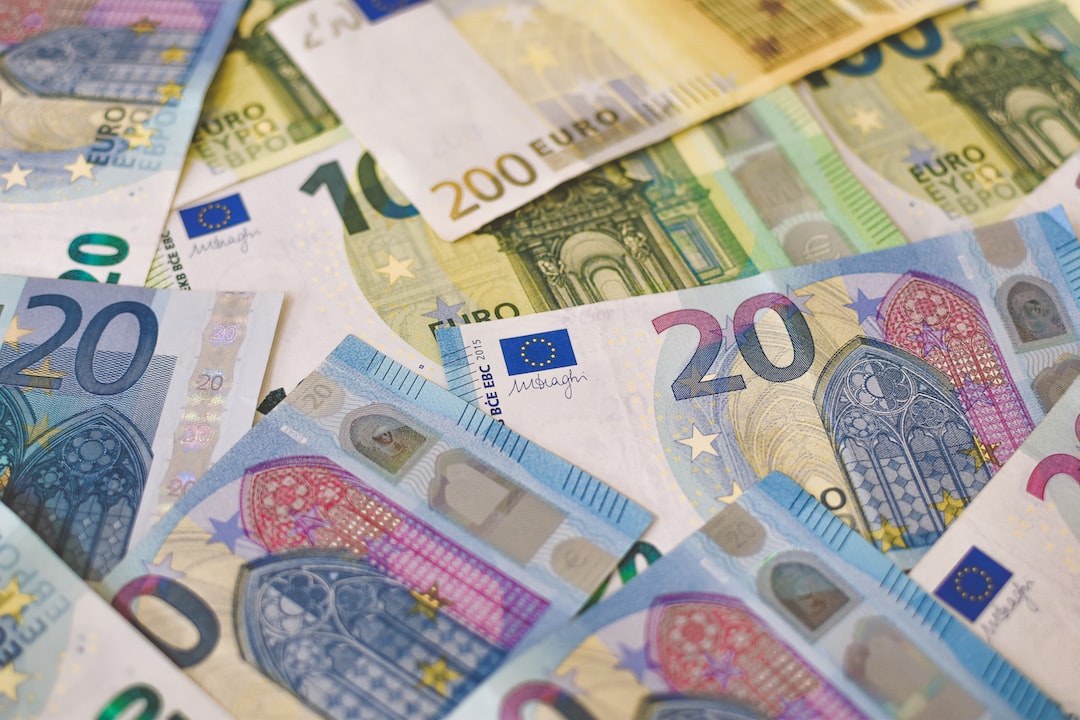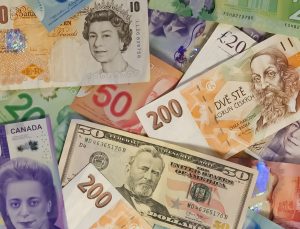Forex charts are an essential tool for traders who want to understand the movements and trends in the currency markets. They provide a visual representation of the price movements of currency pairs over time, and they are used to identify potential trading opportunities. However, for a beginner, forex charts can be confusing and intimidating. In this article, we will explain how to read forex charts and make sense of the information they provide.
The first thing to understand is that forex charts are made up of two axes – the x-axis and the y-axis. The x-axis represents time, while the y-axis represents the price of the currency pair. The price is plotted on the y-axis as a series of bars or candlesticks, and each bar or candlestick represents a specific time period, such as one minute, five minutes, or one hour.
The most common type of forex chart is the candlestick chart, which is used by most traders. Candlestick charts provide more information than a simple line chart, as they show the opening, closing, high, and low prices for each time period. Each candlestick represents a specific time period, and the body of the candlestick represents the opening and closing prices. The high and low prices are represented by the wicks or shadows of the candlestick.
To read a candlestick chart, you need to understand the different parts of the candlestick. The top of the candlestick represents the highest price reached during the time period, while the bottom of the candlestick represents the lowest price reached. The body of the candlestick represents the opening and closing prices. If the body is green or white, it means that the closing price was higher than the opening price, and the currency pair has gone up in value. If the body is red or black, it means that the closing price was lower than the opening price, and the currency pair has gone down in value.
Another important aspect of reading forex charts is understanding the time period being shown. Traders can choose to view charts that show the price movements over different time periods, such as one minute, five minutes, one hour, one day, one week, or one month. Shorter time frames, such as one minute or five minutes, are useful for day traders who want to make quick trades based on short-term price movements. Longer time frames, such as one day or one week, are useful for swing traders who want to hold positions for several days or weeks.
In addition to candlestick charts, traders can also use other types of charts, such as line charts and bar charts. Line charts show the price movements as a simple line, which makes it easier to see the overall trend. Bar charts show the opening, closing, high, and low prices as a series of bars, which can be useful for comparing the price movements of different currency pairs.
Finally, it’s important to remember that forex charts are just one tool that traders use to make trading decisions. Traders should also consider other factors, such as economic news, political events, and technical indicators, when making trading decisions. By combining different sources of information, traders can make more informed decisions and increase their chances of success.
In conclusion, reading forex charts is an essential skill for any trader who wants to succeed in the currency markets. By understanding the different parts of a candlestick chart, choosing the right time frame, and combining different sources of information, traders can make informed trading decisions and increase their chances of success. With practice and experience, reading forex charts will become second nature, and traders will be able to identify potential trading opportunities with ease.





